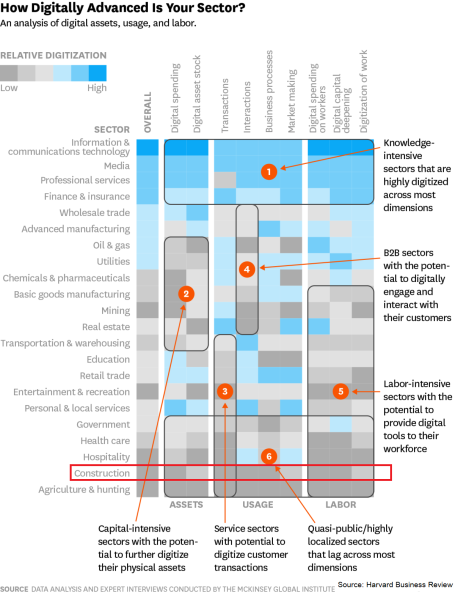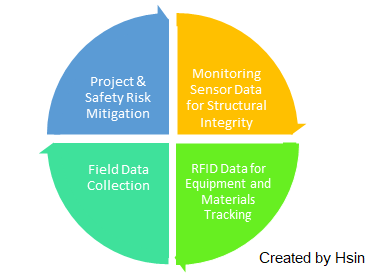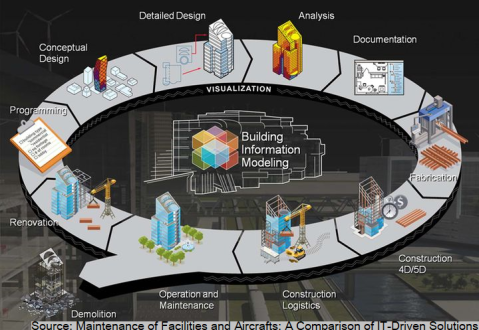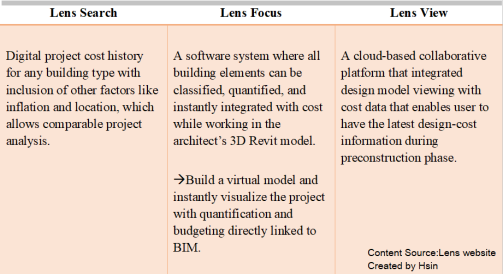For the past forty years, the construction sectors have been going through the inefficiencies in productivity that erode them. Following outlines 6 key factors that damaging construction productivity (Dozzi, S.P., and AbouRizk, S.M., 1993):
- External events: bad weather
- Market condition: supply chain
- Design and procedure phase: schedule changing, design cost information outdated
- Construction management/ Labor: ineffective communication, construction site document is scattered for different stakeholders
- Government policy: issues of permits( in a report from Mckinsey, it takes less than 100 days for Taiwan government to complete all permitting and approval procedures)
- Education and training: insufficient training of management personnel
Digitalization is, therefore, a key element of the improving productivity and create opportunities for new business models. However, based on a report from Mckinsey in 2016, Real estate and construction industry have been a laggard when it comes to digitalization.

The industry is currently under its way of sketching the digital environment that could vertically and horizontally integrate the data.
Next, I will highlight four most mentioned opportunities for digitalization in construction, and of course, there are the diverse array of digital opportunities other than these four (Roland Berger, 2016):

The End Users of the Buildings
Airbnb and WeWork are probably two prominent examples of how the platform economy changing the way people connecting with real estate and construction. WeWork architects and constructs office spaces. And it is changing the nature of work life. A building is like an object that creates useful data that affect how WeWork designs and manages offices. Each day, WeWork receive feedback from the users through their platform and tracks how users travel and utilize the buildings. Airbnb, on the other hand, is the largest apartment rentals platform that is disrupting the traditional hotel services.
Let’s Talk about BIM
BIM (Building Information Modeling) is the cutting-edge techniques used in architecture which aims to optimize the management of buildings life cycle. Before entering the physical construction stage, users can simulate and analyze potential impacts on software in advance to reduce unnecessary cost. After the construction completed, the building’s data can then be transferred to facility management (FM), and hence to improve the productivity and maintainability.
BIM has been in the construction industry since 1970. From the most common 3D BIM, 4D BIM (plus scheduling data) to 5D BIM (plus cost information).
The core idea of BIM is information. It is not about “tool” itself, or modeling, but the sharing of information during the building life cycle.

BIM exists for a long time, and the adoption of BIM plays a crucial step towards digitaliization nowadays as an enhancement. JE Dunn, is a U.S. based construction company, partnered with Autodesk to develop custom visualization technology known as Lens. Lens is a platform that accelerates continuous estimating and collaboration throughout the preconstruction phase.

More about 3D Printing
Everyone knows 3D printing. Recently, there have been developments in the field of prefabrication. Contour Crafting, a construction printing technology developed by Dr.Behrokh Khoshnevis at the University of Southern California, is scaling up 3D printing techniques. It is said to have a significant deduction on waste and cost. Users can customize their building design through their technology, including 3D-printed pipes and other structures.
Construction matters for world’s economy. By 2030, it is expected to expand by 85% to $15.5 trillion. Future seems bright for the construction industry with adopting new technologies and at the same time, innovates how people interact with buildings.
Reference:
Gandhi P., Khanna S., and Ramaswamy S. (2016) Which Industries Are the Most Digital (and Why)? Available at: https://hbr.org/2016/04/a-chart-that-shows-which-industries-are-the-most-digital-and-why
Dozzi S.P., and AbouRizk S.M. (1993) Productivity in Construction. Available at: http://web.mit.edu/parmstr/Public/NRCan/nrcc37001.pdf
Parhiala K., Yalcinkaya M., and Singh V. (2014) Maintenance of Facilities and Aircrafts: A Comparison of IT-Driven Solutions. IFIP Advances in Information and Communication Technology, vol 442.
Roland Berger (2016) Digitization in the construction industry.
McKinsey & Company (2017) REINVENTING CONSTRUCTION: A ROUTE TO HIGHER PRODUCTIVITY.